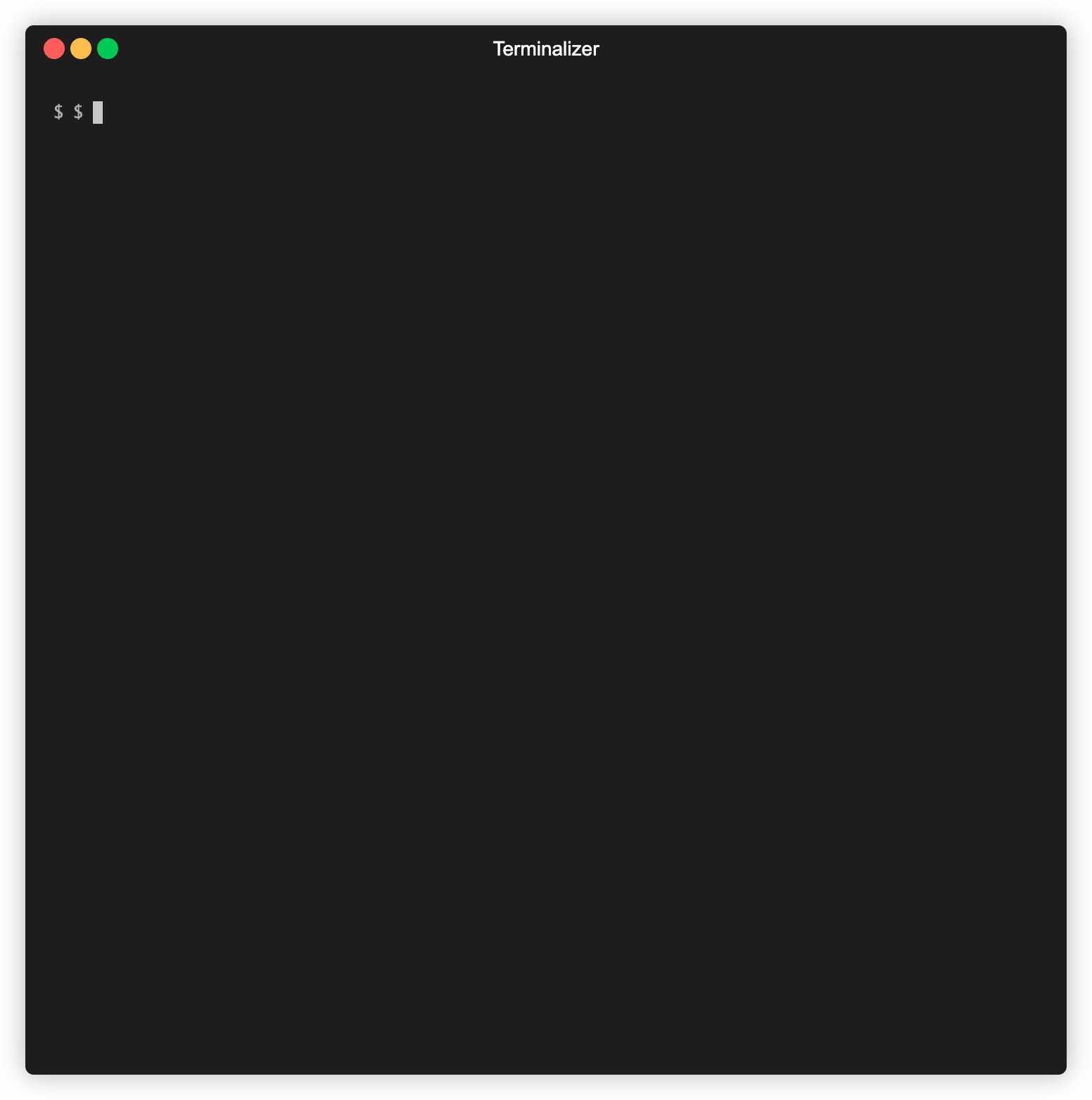When generating first-party SBOMs, it's hard to know if you're generating something good (e.g. rich metadata that you can query later) or not. This tool hopes to quantify what a well-generated SBOM looks like.
SPDX, CycloneDX and Syft are all in scope for this repo.
- Download the pre-compiled, platform-appropriate binary from
the project's releases page and save it as
sbom-scorecard. - Install it via go:
go install github.com/ebay/sbom-scorecard/cmd/sbom-scorecard@latest - Run it from source:
git clone https://github.com/eBay/sbom-scorecard; alias sbom-scorecard="go run $PWD/cmd/sbom-scorecard/main.go"
From there, you can score an SBOM with:
sbom-scorecard score examples/julia.spdx.json
We do our best to guess the right format, but you can specify it with:
sbom-scorecard score --sbomtype spdx examples/julia.spdx.json
For other options, run the help subcommand.
sbom-scorecard help
Here are the metrics by which we score. This is evolving.
- Is it a spec-compliant?
- Does it have information about how it was generated?
- Does it have the software that was used?
- Do we know the version/sha of that software?
- For the packages:
- Do they have ids defined (purls, etc)?
- Do they have versions and/or shas?
- Do they have licenses defined?
We weight these differently.
Spec compliance is weighted 25%. Information about how an sbom was generated is worth 15%. The remaining 60% is split across the packages who are direct dependencies.
In this example, from the Julia project..
34 total packages
0 total files
100% have licenses.
0% have package digest.
0% have purls.
0% have CPEs.
0% have file digest.
Spec valid? true
This would result in:
| Criteria | Result | Points |
|---|---|---|
| Spec compliant | true | 25/25 |
| Generation Info | N/A | 15/15 |
| Packages | ||
| ...IDs | 0% | 0/20 |
| ...versions | 0% | 0/20 |
| ...licenses | 100% | 20/20 |
So that's 60% (including the whole 15% because we don't have generation info implemented yet)
This example is from the dropwizard project:
167 total packages
79% have licenses.
100% have package digest.
100% have purls.
0% have CPEs.
Spec valid? true
This results in:
| Criteria | Result | Points |
|---|---|---|
| Spec compliant | true | 25/25 |
| Generation Info | N/A | 15/15 |
| Packages | ||
| ...IDs | 50% (missing CPEs) | 10/20 |
| ...versions | 100% | 20/20 |
| ...licenses | 79% | 16/20 |
So that's 86% (including the 15% b/c generation info isn't implemented).
- Should package info really be split?
- Should we break "license info" out as it's own top-level criteria?

